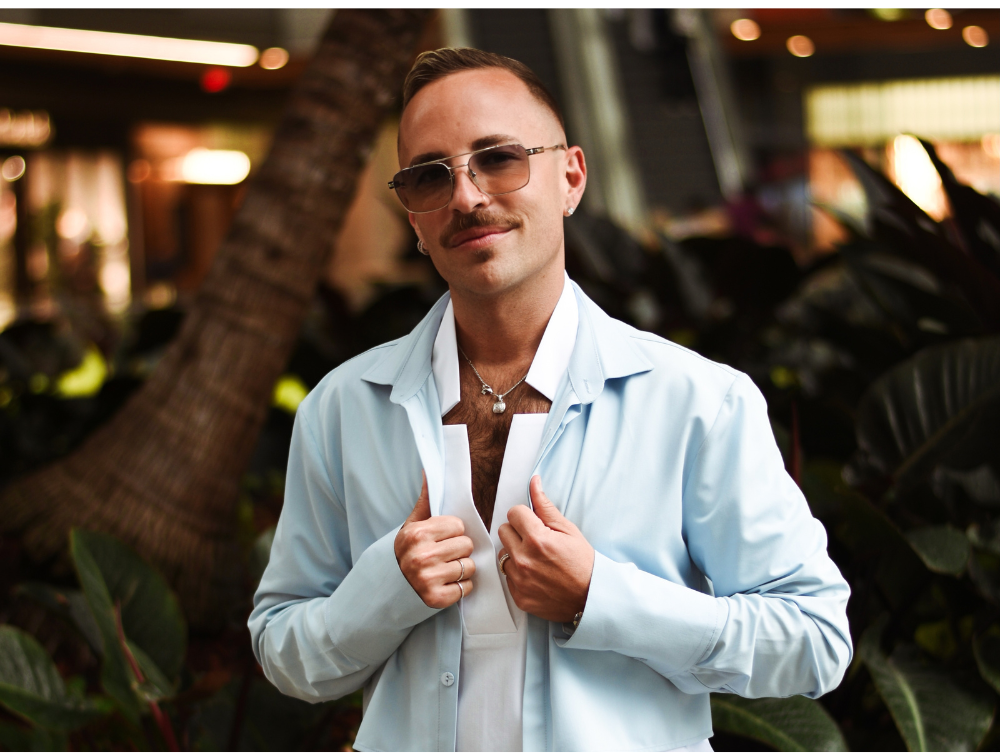Born in the Bronx, filmmaker Nancy Savoca attended film school at New York University’s Tisch School of the Arts, graduating in 1982. After completing two short films, Savoca worked as a storyboard artist and assistant editor for several independent productions and music videos. She later worked with John Sayles on his film “The Brother from Another Planet” and with Jonathan Demme on “Something Wild” and “Married to the Mob.” Her feature film debut “True Love” won the Grand Jury Prize at the 1989 Sundance Film Festival and she went on to be nominated for Best Director at the Independent Spirit Awards. Her follow up feature “Dogfight” starring River Phoenix and Lili Taylor premiered at the 1991 Telluride Film Festival.
For her third feature film, an adaptation of Francine Prose‘s novel “Household Saints,” Savoca re-teamed with Lili Taylor as a girl whose spiritual calling puts her at odds with the world around her. Executive produced by Demme, the film was widely regarded as one of the best films of the year. In his four-star review, Roger Ebert praised the film for being, “closer to the literal truth of those days than many non-Catholics will believe.” The film earned Independent Spirit Award nominations for Savoca and co-writer Richard Guay’s screenplay and the performances of Vincent D'Onofrio and Lili Taylor, who won for Best Supporting Actress.
After languishing out of print on VHS for many years, a query to screen a 35mm print led Savoca on a journey that ended in a beautiful new restoration through Kino Lorber and Milestone Films, which made its debut at the 61st New York Film Festival last year.
For this month’s Female Filmmakers in Focus column RogerEbert.com spoke to Savoca over Zoom about the restoration process, what drew her to Prose’s novel, levels of spirituality, and the joy evoked by films that leave you with more questions than answers.
You’ve worked with Milestone Films and Missing Movies on this restoration and Dennis Doros and Amy Heller are like, truly household saints on their own for what they do for film. What did you have to untangle in order to get this film back and restored?
Oh boy, we could do the whole thing just on that, but I’m going to try and be brief. So the movie, basically, did its thing when it was made. It had its theatrical run in 1993 and it had its home video release. There was a great response. Great reviews, best lists of the year, all that. Then when DVDs came around it was one of the movies that did not get the transition. It was all sad for us. But we were in very good company. There are a lot of movies that did not make the transition. We just assumed that somewhere somebody was making decisions on what was marketable, because it’s an investment to transfer films and bring them to the next digital level. So we get left behind on that. Then so slowly, but surely the VHS copies dwindled. We were getting sold on eBay sometimes for $80 and sometimes for 99 cents. It was crazy. We used to be on television back then. Usually around Easter time. Then that kind of went away.
So all we could say is, well we have two prints of this movie because the UCLA Film Archive kept two prints of the film for us. One day Ira Deutchman, who was our guy at Fine Line Features when we got released, was teaching at Columbia and he wanted to show the movies to his students. He wanted to show the 35mm print. When UCLA was prepping the print to send out to him, they checked both prints and they were both unusable. They were both damaged so badly. We had no idea.
So that started the panic. That was like in 2018, I think. We started looking around to see if anybody had a print but we couldn’t locate one. Then we traced the companies. Fine Line got sold to New Line which got sold to Warner Bros. So we contacted the Warner Bros. vaults and asked if they had anything on “Household Saints.” They said they didn’t even have the rights to the movie anymore! Then we asked if they knew what happened to the materials if they didn’t have the rights anymore. And these were the worst words I ever heard in my life, really. They said they were probably destroyed.
So we really, really panicked, and very long story short, we thought we had the double hell for many years of not knowing where our rights were, meaning who owned our movie, and not knowing where the elements were, meaning the negative, the internegative, the mag stock, the physicality of it all. So both legal and physical elements of the film were lost. We just thought, you know what, I have a VHS copy. That’s what I had. So it was a real nightmare. It was a very depressing thing.
But then actually within a year we figured out what we could do. We found where the rights were and we did find the material. Then we were able to get that together. Dennis and Amy said that this can be a restoration. They found a foundation to help pay for it. And now it’s being released. People are enjoying it. I am so beside myself because we went from nothing, literally nothing, to hearing that people are enjoying it again.
Going backwards now to the actual film itself. You read Francine Prose’s novel it’s based on in 1981. So that’s a good decade in which this book sat with you before you made the film. What drew you to the story originally and what made you know that even if it’s going to take a decade, you needed to bring this story to the screen?
All the special projects takes so long and that’s where the commitment comes in. You realized that if you’re going to make it, it’s going to take a couple of years. We all believe that one day there might be a person that drops the money on you overnight. But most of the time, it doesn’t happen.
What happened was when I read the book, I was struck by the opening line, “It happened by the grace of God that Joseph Santangelo won his wife and a pinochle game.” I was in after that line.
Then the story just unfolded so beautifully. Francine is a master storyteller. By the time it got to the Teresa character I was on the floor. I recognized myself in her, I was that kid that took first religion very seriously and then spirituality very seriously. Also, on a more universal level, I was that kid who wanted to be a filmmaker, and her father said no. Just like Teresa’s father says no to her being a nun. So I had the calling a little bit older than that. I saw so many connections between me and Teresa. Then going back to the story that leads up to Teresa, the story of the parents. For me, that was such a beautiful way to help us understand how someone can be born of this. It’s ancestral.
I wanted to ask a bit about the Catholicism of the story, because often when we think of Catholic films, it’s either in a nunnery or there’s exorcism or it’s about Catholic guilt. But there aren’t a lot of films that get into the spirituality or the kind of fanaticism that’s not like “The Exorcist,” or even the mysticism of it all. Any culture that has saints is going to have mysticism. That’s part of it. What I loved about this film was it took the mysticism at face value. This is mystical so you can’t explain it and you don’t try to over explain it. It just is.
Sometimes I’m very drawn to a story that I have to do because it’s calling me to investigate certain things that I’m already curious about. I think, for me, the most exciting films are not when a director tells you what they think and what you should think, but more when the director brings up questions and you are able to join in the questions. Sometimes the questions are all we need, and just to bat that back and forth.
For me, “Household Saints” has opened up so many questions. It led me on a couple of years of research, which I super enjoyed. There was a New York Times article that appeared that really helped me to understand the three generations of how each woman took on religion and their relationship to Catholicism. In this article they talked about the three stages, I’m paraphrasing, of our relationship to the Divine.
Number one, the first level relationship to the Divine is, “Let’s make a deal.” I know God exists and I just want God to work for me, so I’m gonna hold my breath, five seconds, and then can God do this? So I’m going to be good, and then could God do that? Or I’m going to light a candle to the saints who are going to intercede and go to God and I’m going to work it, so let’s make a deal, God. That’s Carmela Santangelo (Judith Malina).
The second one is, “What can you do for me?” The second one is that God exists and I really don’t need to bother it. That’s Catherine Falconetti (Tracey Ullman). She’s a little overwhelmed by the fact God exists, so she thinks she doesn’t have to want to deal with it, thank you very much. She thinks God doesn’t need to know about my life and she’s not going to bother God.
And then Teresa, Lili’s character, comes along and says “God exists; What can I do for him?” And, each level kind of, to me, in my mind, I just saw those as three levels that are ascending, and Teresa brought it to the highest level. But if you think that you don’t get in trouble at the highest level, just look at what happens to Teresa.
That’s a beautiful way of looking at the different generations. I also was really fascinated how each generation shows love in a different way. The grandmother, her love is very hard to earn, but she still shows it through food. Tracey’s character in her relationship with her husband Joseph Santangelo (Vincent D’Onofrio), is much more carnal and loving. Then Lili’s character, her love is that higher sort of love of God or of the Divine.
It’s just so universal and big and almost too much for her to handle.
How do you think you visualized those different layers of love?
I wanted to design the look of the film so that it progressed as the feelings of spirituality progressed, but I can’t separate spirituality from love because they’re very interconnected. With Carmela, her world was the dirt brown, veal grounded, basically just survival mode. Where do I get my next meal? How do I get this money so we don’t get poor again. She’s coming from Southern Italian poverty to America, so she’s determined to hold on and keep things good here. Her world is very sepia, very dark, very earthy, very wood, very rust-colored walls and earth tones all around her.
When she dies and Catherine redoes the apartment, she lets the light in and more pops of color. She’s not going to live in this tight, enclosed space. She needs air. It’s like “I Love Lucy” with the modern boomerang furniture, and with the pops of color she brings it to that next level of liberation.
Then for Teresa, we went to the lightest, and in spiritually the lightest color is white. So you can see that literally the tone of the movie goes from rust gold to bright yellow to white. You feel as you’re going through that there’s more light and more light and then by the end, it’s almost all light.
Do you storyboard or work with mood boards as you’re building the film visually?
I do little cartoon drawings. I don’t storyboard the whole thing. Sometimes I’ll do them for myself and then share a couple of certain ideas, like the overhead shots of Carmela in the kitchen making sausage or the shot of Teresa on the floor stretched out; we called those shots God’s point of view.
I like to surround myself with photographs and music that help me understand the story. Other movies that on the surface may not mean much also can help me understand the story. For some reason I remember watching a Peter Greenaway movie. I used to go to the movies with one of those pens that have a penlight. I’d watch the movie and just write ideas down, because they come to me while I’m watching movies. They feed me ideas and they inspire me so much. That was really important to me.
And then working with Bobby Bukowski, who is just a wonderful cinematographer. He works like an actor. He works off emotions. He is very much a visual storyteller. So talking with him about how we wanted to slowly open up the movie as it got towards the end was helpful. Also working with Kalina Ivanov, who was my production designer. Everybody was working on a small budget, so we had to plan how we were going to make a grand story out of not a grand budget.
You recreated this whole neighborhood on a soundstage. That must have been quite a challenge.
A huge challenge. I always say, y if somebody’s from New York, forgive me and definitely don’t look too hard. The reason why a film on a small budget can’t afford, in general, to go into a city, especially a city like New York, and take over blocks and blocks of stores, is because you have to buy out those businesses and then redress them, and then redress the cars. And then figure out how long you need to hold that location. We needed it, as you could see, for most of the movie. There was a lot of street stuff in it.
In Wilmington, North Carolina, they had shot “Year of the Dragon” in 1984 I think and eight years later we took the Chinatown they built and turned it into Little Italy. It was so badly kept up. Productions would go in and shoot cheaply and leave, and with each person that went in, but nobody kept it up. Nobody was taking care of it because it costs money to take care of it. So by the time we got there, they were like cracks in the foundation. Weeds were growing out of the windows. We’d have to chop some of it and had to avoid it with the camera because we couldn’t fix everything that was broken. So talk about creativity, trying to do your shot list so that you avoid seeing the set falling apart.
You’d worked with Lili Taylor before on “Dogfight,” but you also have this really rich ensemble. Both Vincent D’Onofrio and Tracey Ullman are just a little bit older than her, but they really do feel like her parents.
Vincent was her boyfriend in Mystic Pizza! [laughs]
I particularly loved Michael Rispoli as Catherine’s brother Nicky. He broke my heart in this movie. What was the casting process like to bring this ensemble together?
We had two wonderful casting directors, John Lyons and Julie Madison, who brought these wonderful actors. I felt like a kid in a candy store. I met wonderful, wonderful actors for all the roles. LiliI I knew was going to be Teresa because while we were making “Dogfight” I started talking to her about Teresa. Then Lili brought Vince on board. At first I was like, “ the guy who played your boyfriend is going to be your father?” But, two seconds after meeting him I knew he was right, because he’s just, he’s a colossal talent.
I also think when you’re directing, you have the best seat in the house for these performances. Like Judith Malina, please. I would have to shut my mouth to keep from laughing or to not hear a sob if they made me cry behind the camera. I would be like right by the camera right next to them. So I had to really fight to be quiet because they were very moving, and to be right there in front of them while they were doing this was amazing.
How did you work with the actors to build their characters?
For the whole cast, I think everybody needed different things. With Vincent, the most important thing I knew was going to be his community of friends. So I got him together with the card playing guys the minute they landed on set, they started playing pinochle. They just took off in a corner and started playing.
Tracey was so interesting because the way she goes about a character is from the outside in. I introduced her to all my Bronx lady friends, mostly my sister’s girlfriends who were about the right age and grew up at that time. They told her stories about being there in the 1940s and 1950s. I thought she was also going to pick up their accent because they’re very New York accents, but she really surprised me because by the end she took my accent. I recorded every line that she said, but as I did it I kept thinking, “I can’t put any emotion. I’ve gotta read it flat.” I didn’t want to line read to an actor. So I would flatly read every line. She got what she needed from that. I still don’t know how she worked that out, but she figured it out
Then with Lili, it was just talking with her and giving her “Story of a Soul: The Autobiography of St. Therese, The Little Saint.” We talked about spirituality. We had beautiful conversations about just this idea of service.
There’s an old interview you did with Roger Ebert from when the film played at the 1993 Toronto International Film Festival. You spoke about the spiritual heritage that you bring with you when you’re raised in a religious household and then you’re out in the world and how when it’s challenged you begin to ask questions. I’d love to hear your thoughts on bringing the exploration that you did as a person into the film.
I think that’s what attracted me to this story. It gave me an excuse to look into that more, because otherwise I would have probably skimmed the surface for the rest of my life. I was raised with a deeply, deeply spiritual life and religion was very much a part of my world, moment by moment, day to day. Especially when I would travel back to Argentina with my family, at least it was at the time, it’s not so much anymore. But at that time, it was a very Catholic country. My grandmother went to Mass three times on Sunday. There was radio, the television, and then the church Mass. I mean, it was very intense. She read me all the same stories, as I lay down to sleep, and I would hear about St. Lucy getting her eyeballs ripped off so that she could give them to her boyfriend because her body belonged to God, the eyeballs could be his.
I heard all this stuff, like at five. I had Jesus over my bed on the cross and in agony when I was five as well. All of these stories were very important to me. I didn’t want to just throw everything away. And now to this day I am super comfortable with it. I’m into exploration. I love understanding why these stories help us so much. It’s not just the stories from my religious upbringing, but the other stories, especially, from the three major world religions – Judaism, Islam and Christianity. All of the stories from these three worlds are just amazing to me now.
I grew up Episcopalian, so not quite as intense. But I went to Bible study. I was confirmed. I’ve read a lot of religious texts. It’s really fascinating when you have that as your background, and then you grow up and discover that not everybody has that foundation and everyone is coming at the world from different perspectives.
Yeah, when you have that it’s just sort of the world as it is as a child. And then as you step out of that, and you meet people of different backgrounds, and you start making comparisons, and it’s then you have a lot of questions. I think that is the most natural, wonderful thing, and then you can find the value of it again. At first it’s like, oh my god, this is a burden. You think “I don’t know if this is getting in my way of figuring things out.” But then and then suddenly you realized, no, you can actually use it.
The film sort of ends on a moment that could be read as tragedy but it could be read as ascension. It could be read as Teresa hitting her goal of giving herself to the Divine. Do you feel like, for you, the film is sort of that double edged sword? Do you hope people can read it either way?
Yeah, I feel like the greatest gift I got from Francine was this novel that haunted me, that did not allow me to sit with a definitive ending, so that I could play with it in my mind and say, yes, and, or both, or I don’t know, depending on what day I wake up. Honestly, if you ask me today, I’ll tell you one thing, and then tomorrow I’ll have another thought that came to me, because it’s that rich. Sometimes it’s contradictory. What I think about this ending, and I feel again, I’m older now, so I don’t need to be so sure about things. I feel very comfortable now with realizing that I don’t know what Teresa’s story leaves people with. And I really, really love that people can wonder, too. I’ve been asked the question a million times. What happens at the end? What’s her deal? You know, what is she? And I usually respond, well, what do you think? It’s not a trick question. Because I think there are so many ways to answer that question. In so many ways, she’s a diamond, you know?
I was really blown away by the ending, because I didn’t know where it was going. And then when it ends I don’t know what to think or what I know for real.
I grew up with movies from the late 1960s and 1970s, and so many of them left you with a question. I’m just thinking now of “The Graduate.” When I saw it, I didn’t know what to think. Because it makes you wonder. Am I happy for them? Am I not happy for them? Is this the worst thing that could happen to them? It’s very interactive. I’m allowed to question. I’m not given an answer. It’s not pre-digested for me. I borrowed that final shot for my film “True Love.” I love being engaged by a film and being asked to think about it and let it haunt me for a while.
Are there any women, from the past or present, whose films have inspired you or whose films you think readers should seek out?
I think right now it’s Greta Gerwig, who really saved these whole chaotic times that we’re living. I think what she did with “Barbie” was fantastic. She comes from a very independent background and she isn’t really mainstream. I love all her work.
When I was in film school, I was only taught about one woman filmmaker, which was Maya Deren. But Claudia Weill had made “Girlfriends” before I started film school. I remember walking by the theater and seeing “Girlfriends” was playing and there was a young woman outside handing out pamphlets. It was right near NYU, but I wasn’t at NYU yet. I thought, “Oh my gosh, I want to come to this film school one day and be that.”
Another filmmaker who I think is maybe not as well known in this country but who should be revered is Euzhan Palcy. I love her film “Sugar Cane Alley.” That was honestly one of the earliest films that really, really influenced me, because it was using childhood memories as storytelling that was so specific to a place in a culture and a time, and yet, I felt like I was that kid. That’s the magic of movies.
Roger Ebert used to say that movies were an empathy machine, and I love that quote because he articulated something I had always felt. I still don’t understand how this magic happens, that a movie that gets made in another part of the world with people not speaking my language and that doing the things they do, yet suddenly I’m watching and I’m like, “That’s my life.” So I felt very much a connection with “Sugar Cane Alley.”
Would you like to share anything else about Missing Movies?
Yes. After all the hell that we went through, Dennis and Amy and some other filmmakers, we started Missing Movies so that we can educate filmmakers now so that in twenty years their movies don’t go missing. It’s about self preservation, literally. We have a pamphlet explaining how to do DIY preservation when you don’t have large monetary resources. No one taught us this when I was starting out. So I’m glad new filmmakers and students at film schools will have this.
I think that’s the level of “what can you do for films,” right? This organization is like Teresa.
Absolutely. We give back. That’s how we give back.
You can view the original article HERE.

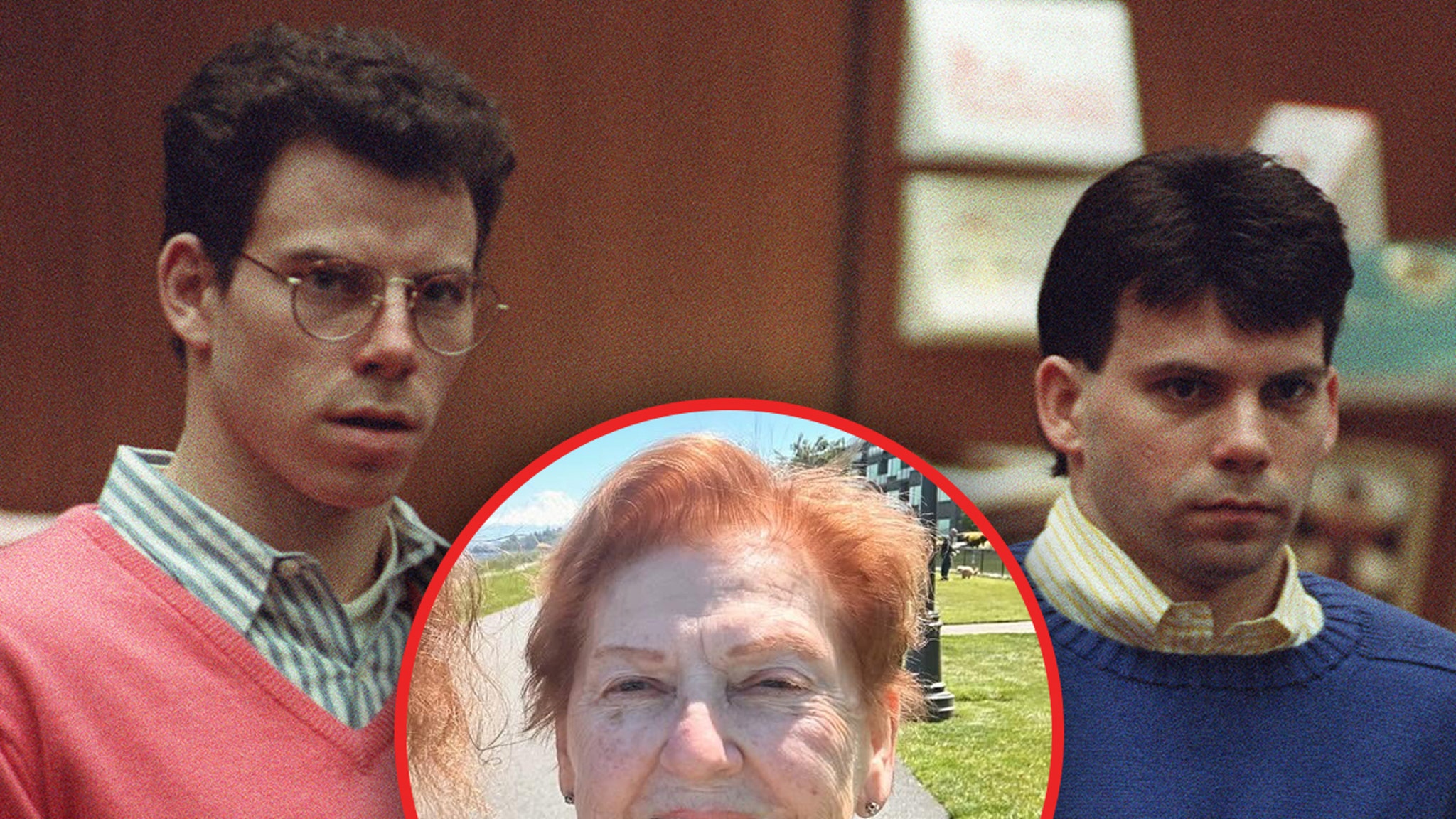

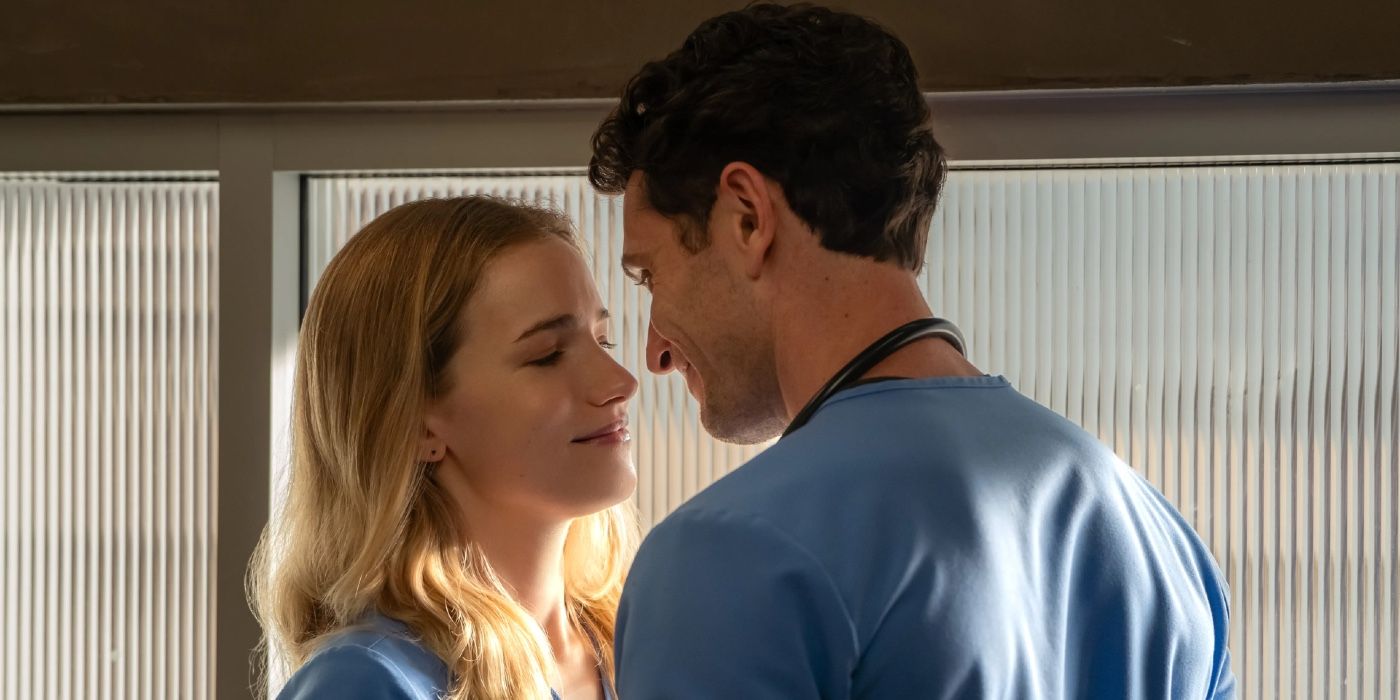



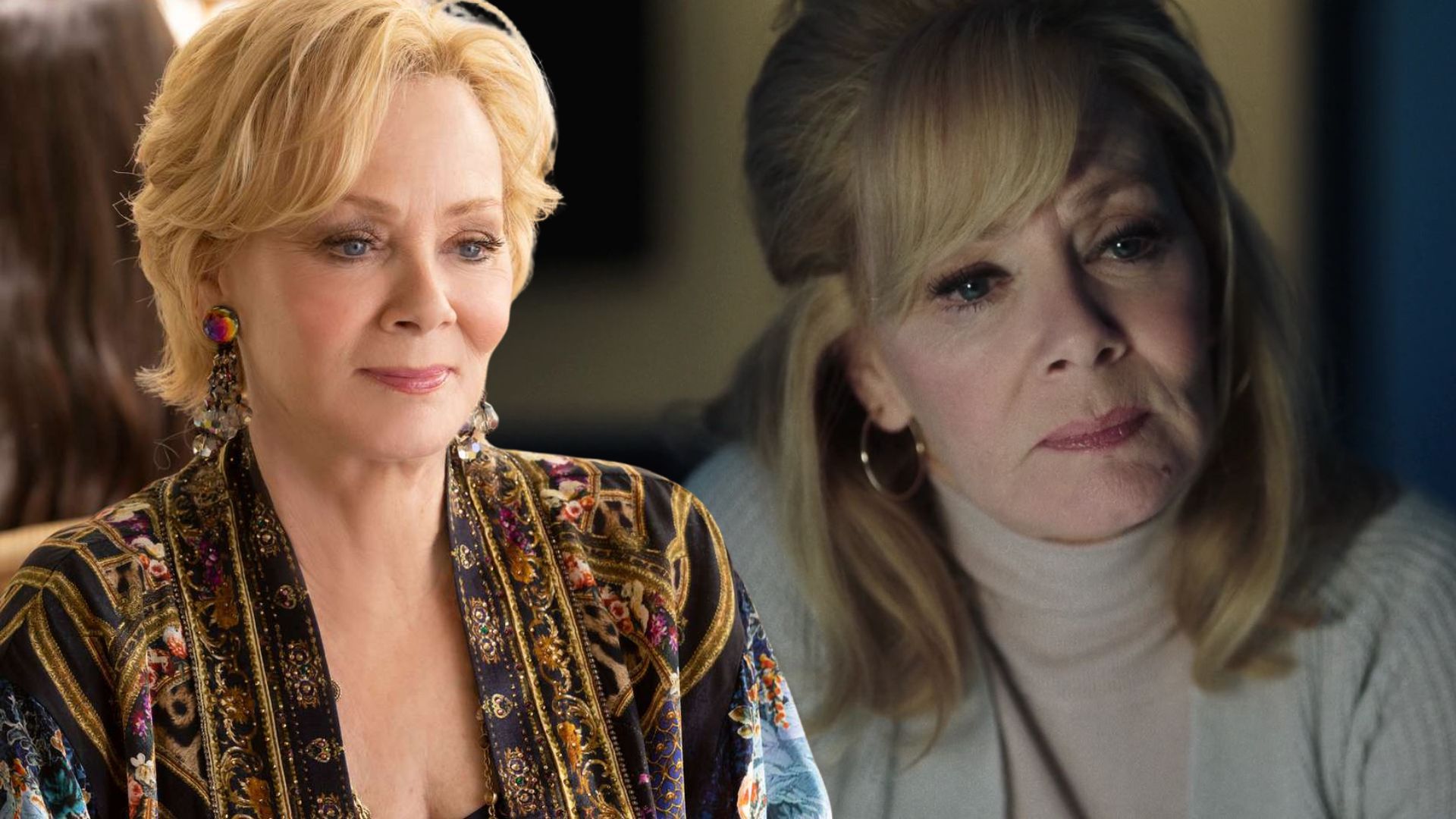



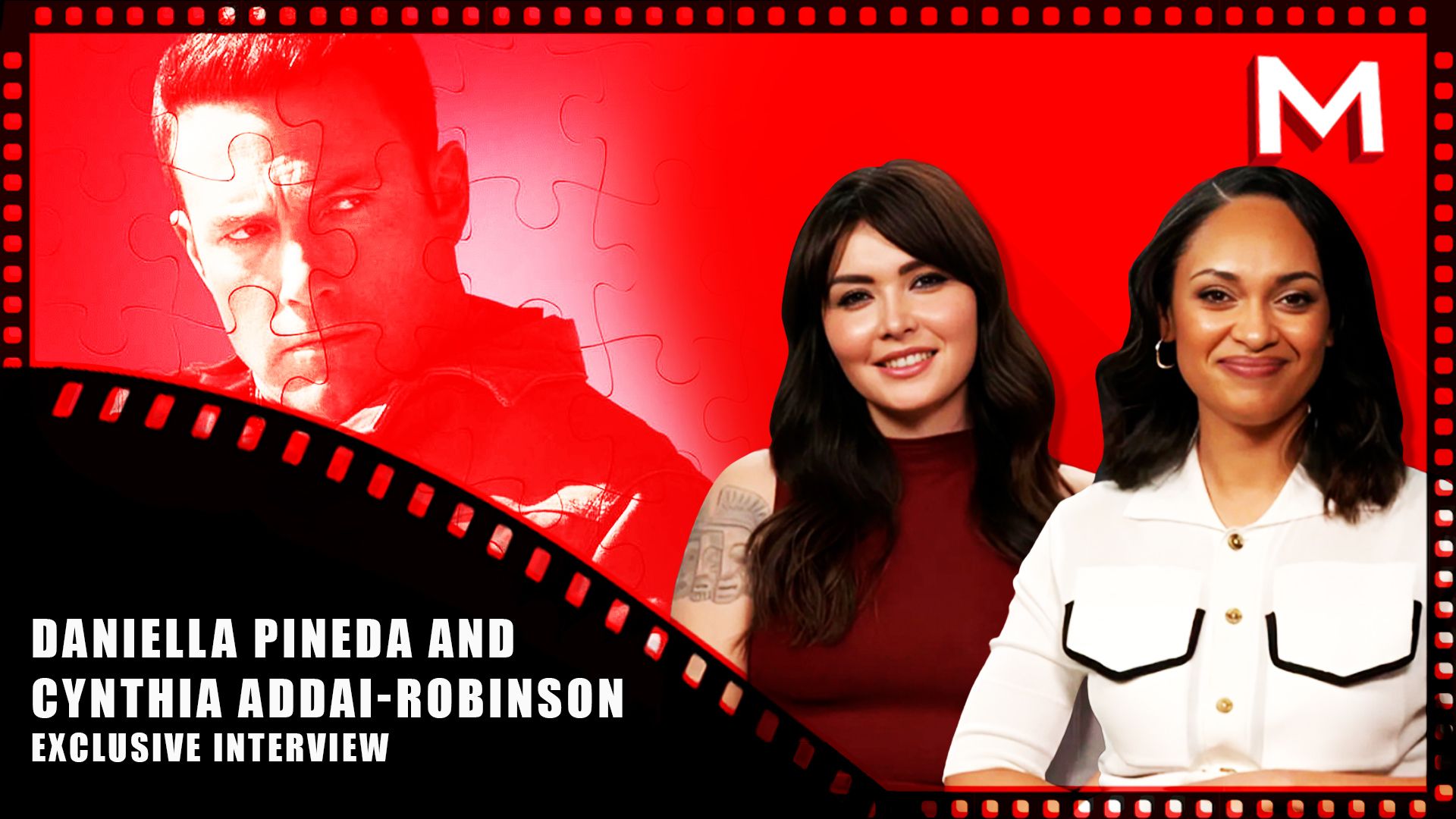
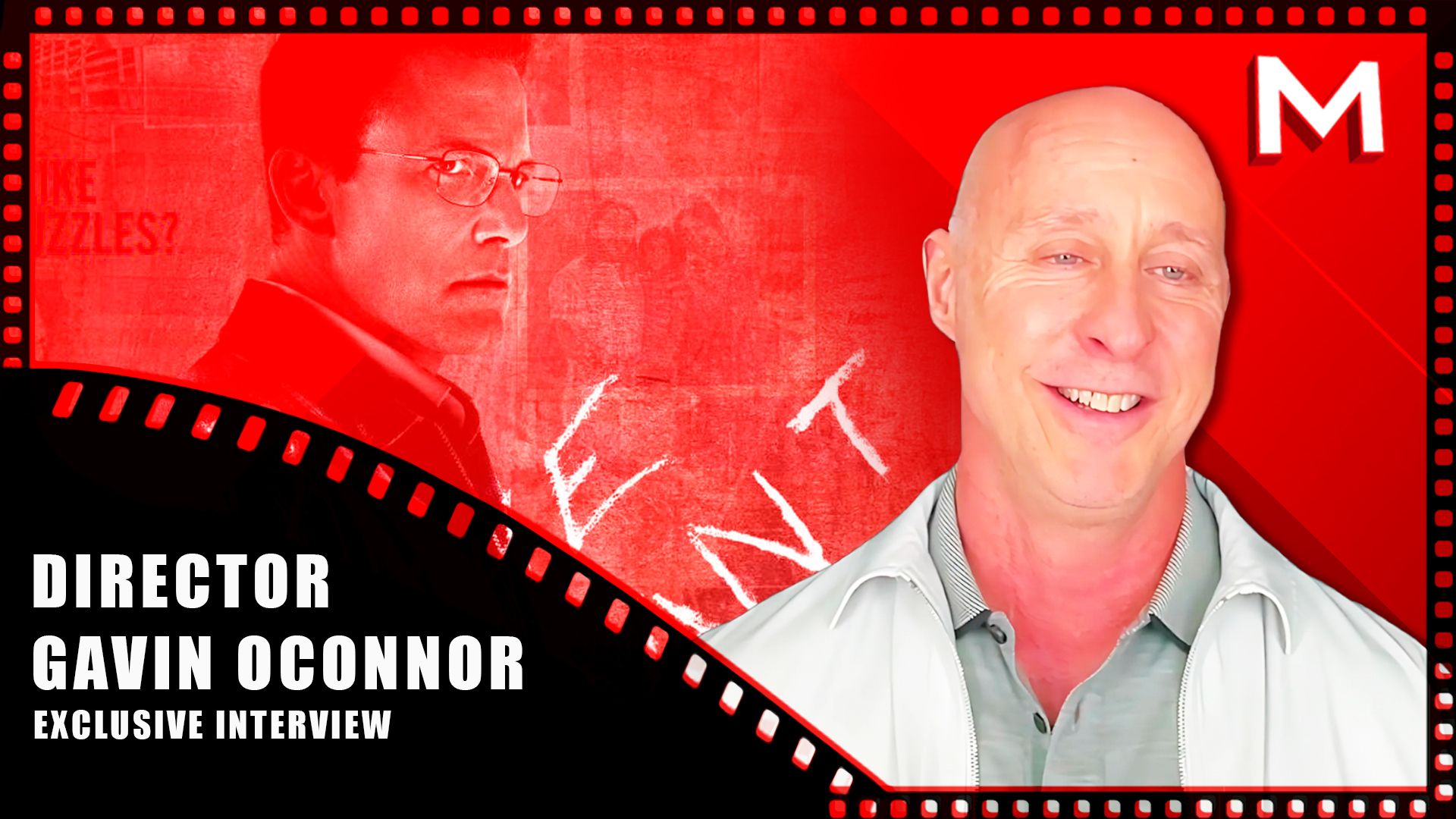


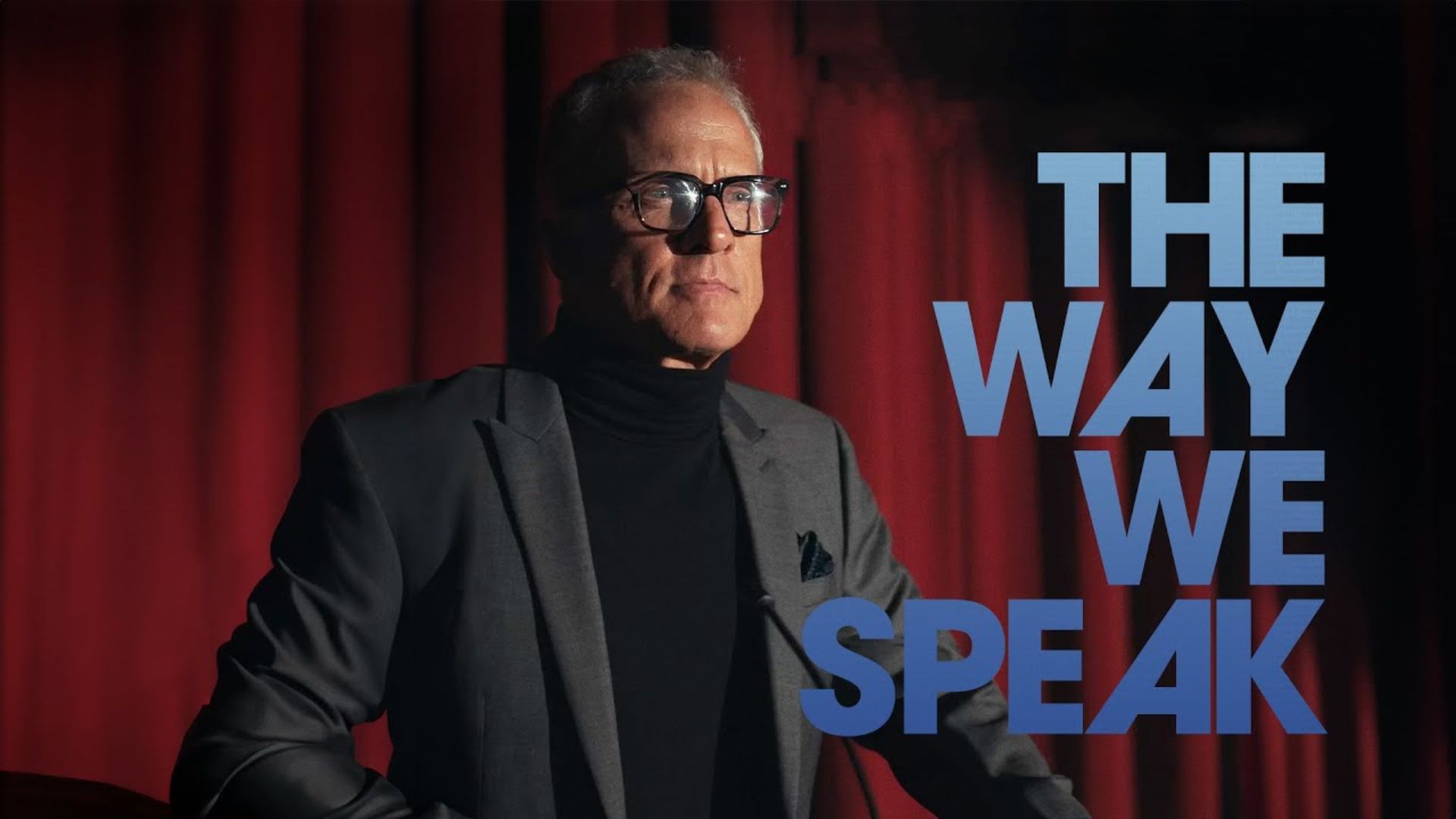




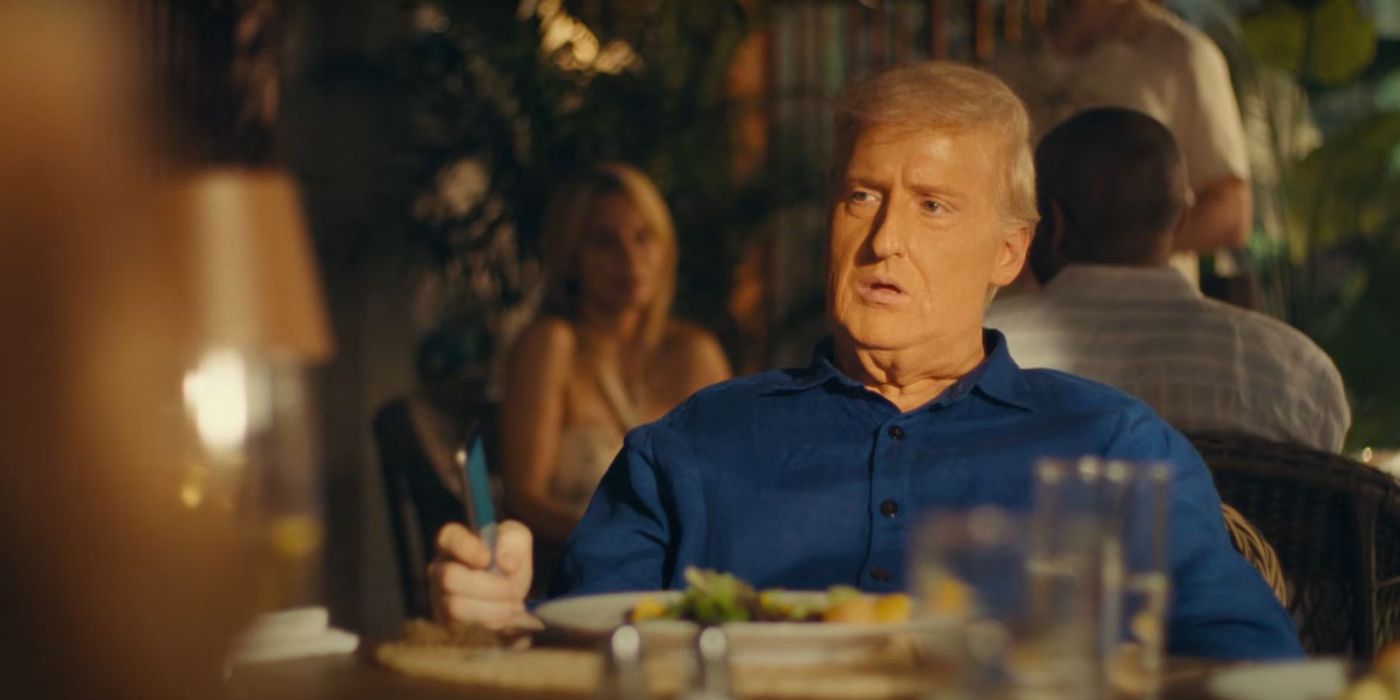
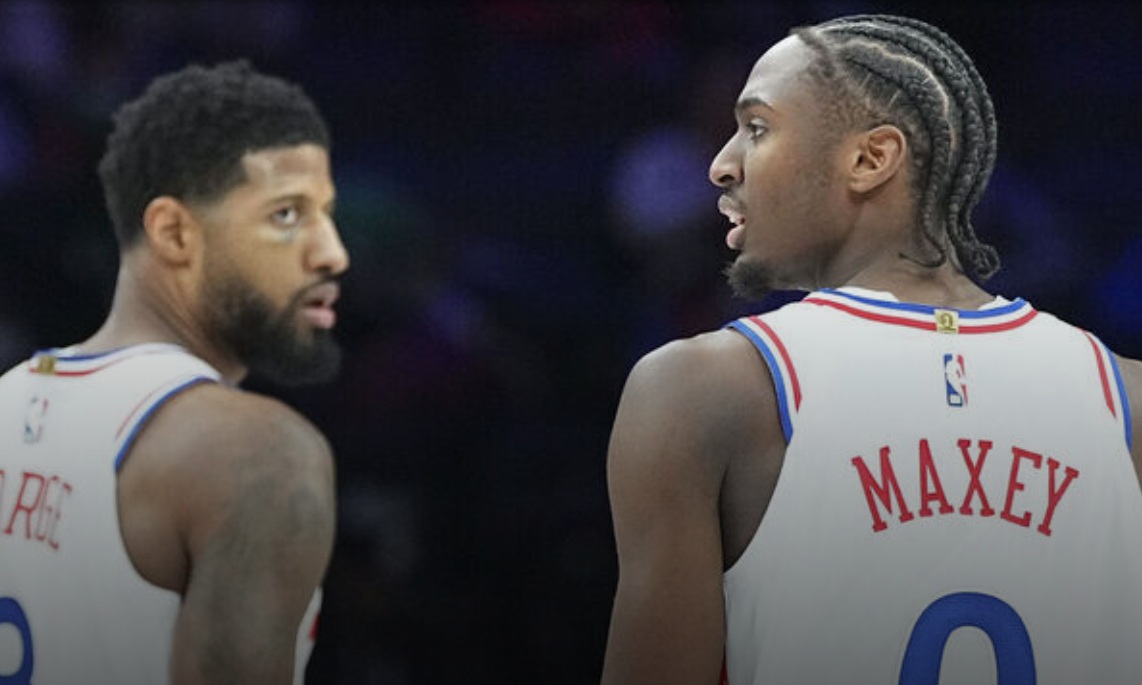

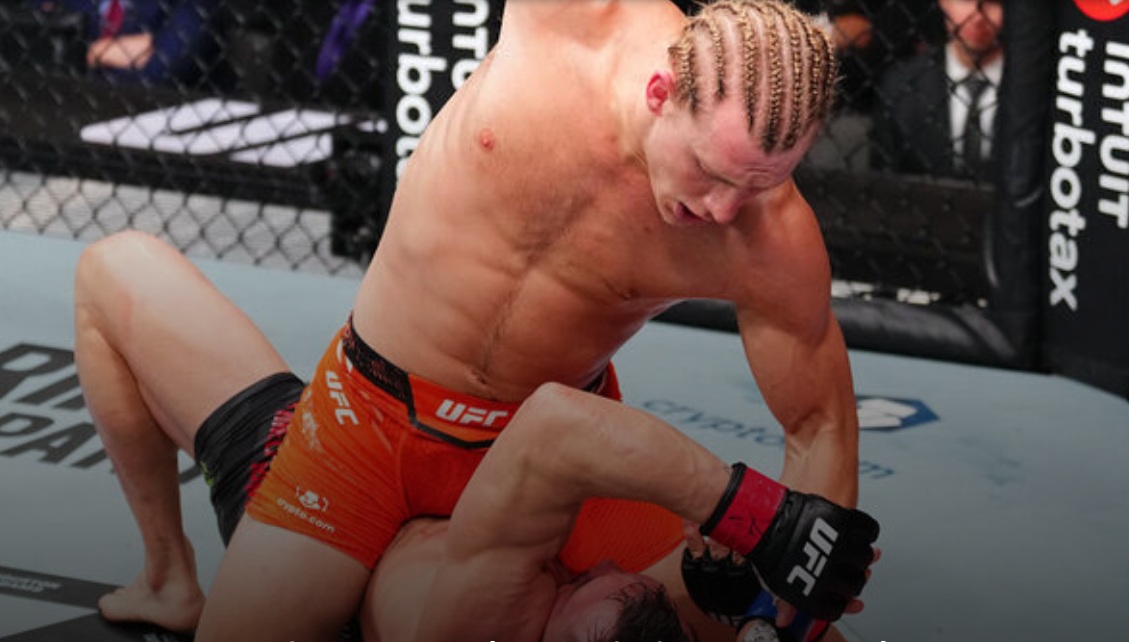


:quality(85):upscale()/2025/04/14/701/n/1922564/ecd11f8667fd2ed0e5c216.48042947_.png)
